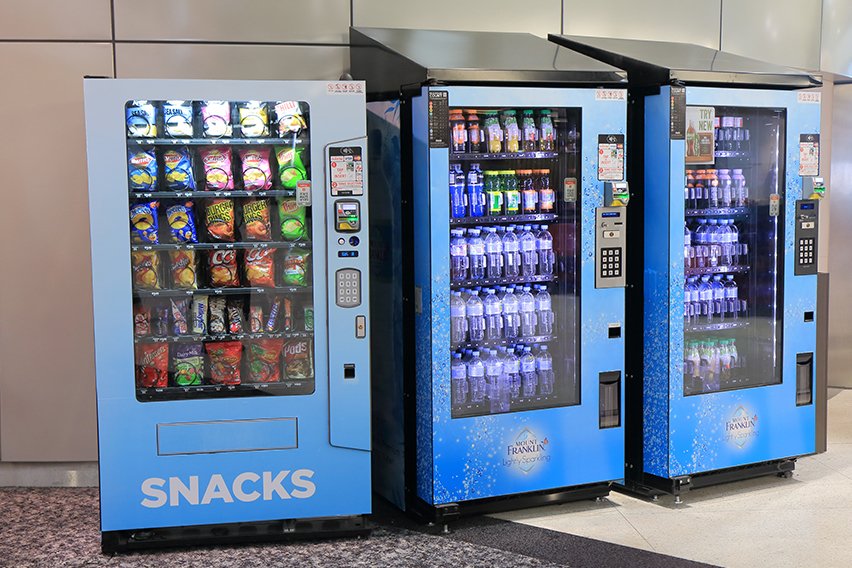How to Start a Restaurant: A Step-by-Step Guide

Entering the restaurant business is a lifelong dream for many. But the restaurant industry is also a competitive and difficult one to get into. There are lots of things to-be restaurant owners need to prepare beforehand to ensure their restaurant’s launch is successful.
Let’s break down what you need to do to start a restaurant step-by-step.
Here’s What We’ll Cover:
Step 1 – Define a Target Market and Restaurant Niche
Step 2 – Create a Business Plan
Step 3 – Get Funding for Your Restaurant
Step 4 – Choose a Location and Purchase Equipment
Step 5 – Acquire Permits and Licenses
Step 6 – Design Your Restaurant’s Menu, Space, and Uniforms
Step 9 – Advertise Your Restaurant
Step 10 – Start with a Soft Opening
Step 1 – Define a Target Market and Restaurant Niche
The first major goal should be to define your restaurant’s target demographic or market. In other words, consider the type of restaurant or restaurant concept you want to have. For example, will your restaurant serve Mexican food, seafood, American food, or something else?
You’ll also need to consider which type of customer you want to attract. Your target audience will determine things like:
- Your décor or restaurant aesthetic
- The type of cuisine you’ll serve
- Your pricing – if you want to attract budget-minded families, for instance, your prices must be affordable
- Your location
- And more
Business owners should come up with all these answers before moving on. It’s difficult to change your type of business later on in the process of launching a restaurant.

Step 2 – Create a Business Plan
All successful restaurants start with a business plan. The business plan is useful because it serves as a guide for your efforts and can be shown to investors to attract funding. It should include:
- A company overview and description of your business model
- A concept and menu for your restaurant
- A business strategy for future growth
- An explanation of its management and ownership structure
- The staffing and equipment needs that you project will be necessary
- A financial projection and summary, which tells a prospective investor how much money you need to launch your restaurant
Step 3 – Get Funding for Your Restaurant
Send your restaurant business plan and a financial proposal to investors in your area. These can be friends or family or dedicated financing institutions like banks and venture capitalists. You may need to acquire multiple investors to get your restaurant up and running.
Step 4 – Choose a Location and Purchase Equipment
Once you’ve acquired funding, pick a location and purchase equipment for your restaurant. Depending on the commercial space you lease or purchase, you may need to buy equipment like:
- Seating equipment like chairs and tables
- Ovens and grills
- Kitchen utensils and tools
- Silverware and cutlery
- Artwork or décor
- Refrigeration equipment
- Accounting and other software
- And more
You might consider buying your restaurant equipment online. This broadens the options available for your new kitchen and you can ship the equipment straight to your restaurant’s door easily.
Step 5 – Acquire Permits and Licenses
All new restaurants must acquire various permits and licenses so they can legally operate in their state and city. It’s also smart to enlist legal help, like a business lawyer, when filing for the permits and licenses to ensure you don’t mess up and have to refile later. In total, you’ll need:
- A business license
- An EIN or employee identification number if you want to hire staff
- A food service license
- A liquor license if you plan to serve alcohol
Step 6 – Design Your Restaurant’s Menu, Space, and Uniforms
Now comes the fun part. You can get to work designing the menu, interior design, and uniforms for your restaurant. You’re effectively coming up with its aesthetic and style! If you already have an idea, great. If not, spend some time coming up with an attractive restaurant design that is consistent across all of its aspects.
For example, the menu needs to seem aesthetically consistent with its interior decorations.
Step 7 – Find a Food Supplier
Naturally, your restaurant will need a food supplier if you plan to feed hungry guests promptly. You can sort through different food suppliers based on what they offer. Consider whether you plan to offer special dietary options, ingredients, or foods to boost your restaurant’s appeal. These include non-GMO fruits and vegetables or gluten-free meals.

Step 8 – Hire Staff
Your restaurant will need talented staff to cook and serve its food. Start by creating a list of the restaurant positions you have to fill. Then start posting on hiring websites like Indeed. You’ll need:
- A management team, like a general manager, kitchen manager, and so on
- Kitchen staff like a head chef, prep cooks, dishwashers, and more
- Front-of-house staff like servers and hosts
- Bar staff if applicable, such as bartenders or cocktail servers
Step 9 – Advertise Your Restaurant
No prospective customers will visit your restaurant if they don’t know its opening. Launch a marketing campaign using Google or social media platforms and content posts. You should also put up advertising posters around your local area.
Step 10 – Start with a Soft Opening
A “soft opening” is essentially a practice run for your restaurant. Set a date for the soft opening and invite friends or family of the staff to see how everything flows at first. You can use the soft opening to refine your restaurant’s operation before it fully opens.
After the soft opening, you can launch your restaurant for real!
Key Takeaways
Entering the food service business is a risky but potentially profitable endeavor. Following the basic steps above will help you get on the right track to launch your restaurant successfully. Best of luck!
Interested in learning more about starting a business? Check out our resource guide.
RELATED ARTICLES

 How to Start a Vending Machine Business (4 Easy Steps)
How to Start a Vending Machine Business (4 Easy Steps) How Much Does it Cost to Start a Gym in 2025
How Much Does it Cost to Start a Gym in 2025 How to Start a Towing Business
How to Start a Towing Business How to Start a Roofing Company in 9 Steps
How to Start a Roofing Company in 9 Steps How to Start a Plumbing Business
How to Start a Plumbing Business How to Start a Pest Control Business
How to Start a Pest Control Business